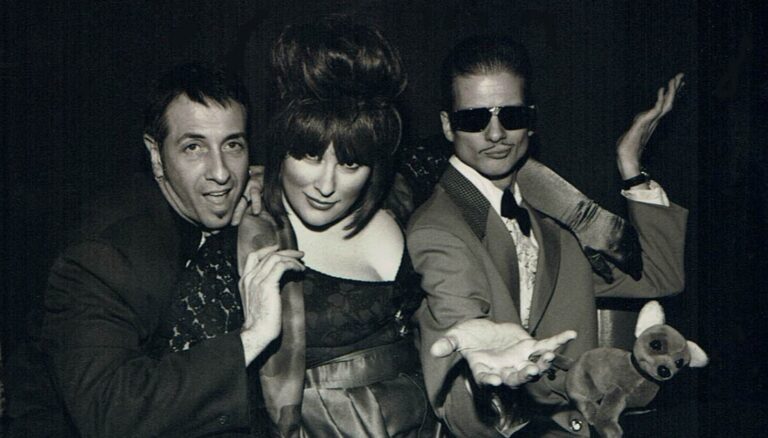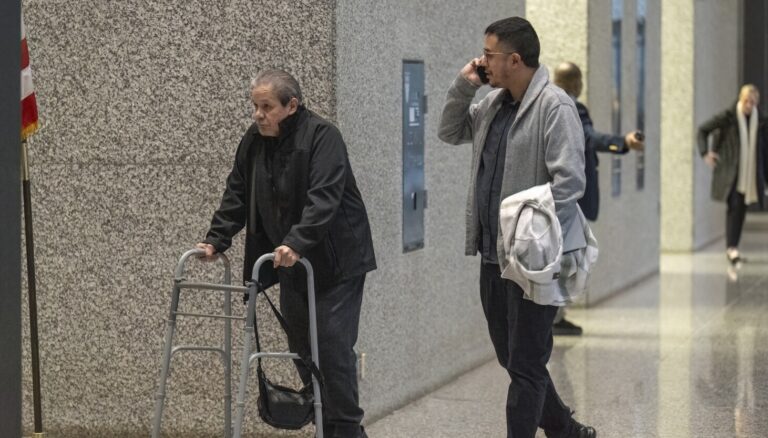Cook County Sheriff Tom Dart says he’s phasing out his electronic monitoring program for people awaiting trial because he can’t run it safely anymore.
Dart says he plans to stop accepting new detainees into the program after April 1. But he said he will continue to run it until the cases of the rest of the detainees in his program are adjudicated.
He’s negotiating with Chief Judge Timothy Evans to have the Cook County court system’s separate GPS program watch over people released from the Cook County Jail pending trial.
But Evans told the Chicago Sun-Times he currently has neither the budget, manpower nor legal authority to replicate Dart’s monitoring fully.
“We can’t go out and arrest people. We can’t detain people. We can [only] order it,” Evans said.

Cook County Sheriff Thomas Dart.
Pat Nabong/Sun-Times file photo
The sheriff’s program began in 1989 as a way to reduce overcrowding in the jail, whose population regularly surpassed 10,000, prompting lawsuits about poor living conditions.
Dart, who first became sheriff in 2006, presided over a sharp decrease in the jail population, which now stands at around 5,200 detainees. About 1,530 more people are in his GPS electronic monitoring program, known as EM.
Dart says he envisioned EM as a way to release people charged with low-level crimes like shoplifting so they didn’t spend time in jail waiting for trial because they couldn’t afford to post bail.
The sheriff has been critical of a change to state law that gives defendants on his EM program at least two days each week when they can leave their home in order to take care of their health and household chores. He says he can’t actively monitor them during those periods of what he calls “free movement.”
Those defendants include more than 100 people accused of murder or attempted murder, the sheriff notes.
Since the statewide Pretrial Fairness Act, which eliminated cash bail and took effect last year, the number of people on Dart’s EM program has fallen by 20%, even as the number of defendants held in the jail fell by 5%, according to data from the chief judge’s office released last month.
At the same time, Evans’ pretrial monitoring has increased by almost the same amount.
Sharlyn Grace, a spokeswoman for the public defender’s office, said her office supports the change. Grace said defendants typically are allowed greater movement — to continue to work and stay connected to their families — on Evans’ program.

Chief Cook County Judge Timothy Evans.
Evans has pointed to studies saying bail reform didn’t lead to an increase in violent crime in Chicago and the suburbs. But others say it’s impossible to know how many people on EM get involved in shootings or other violence because few of those crimes ever result in arrests.
“It was abundantly clear with the way the laws have been changed that I just didn’t feel that I could, you know, safely run this program anymore,” Dart said in a recent interview.
“Certainly when I have 100-plus people charged with murder and attempted murder on EM, I can’t imagine how [the reforms] were thoughtful,” he said at a county budget hearing in October.
Dart said he keeps a list on his website showing every person who’s in his EM program and their charges because he thinks the public has a right to know.
Dart’s decision to close his EM program has left Evans scrambling to find a way to monitor people released from jail until their trials.
Evans’ court GPS program currently monitors about 2,000 defendants who have either been placed on a curfew by a judge or are facing domestic violence charges and are banned from entering certain protected zones.
As of Dec. 13, his staff were monitoring 1,085 defendants for potential curfew violations, including 18 people charged with murder.
Seventy-eight people currently work for Evans’ GPS program, compared with 189 in Dart’s program. Evans says he’ll need about 150 more employees and $23.9 million a year to expand his program to watch over everyone released in Cook County courts on electronic monitoring pending trial.
Both Dart’s and Evans’ programs rely on the same company to alert officers about GPS violations.
A major issue, Evans says, is that his probation officers don’t have arrest powers, so if someone cuts off his GPS bracelet and goes missing, cops with the sheriff’s office or Chicago Police Department would have to make the arrest. He says he’s met with Chicago police officials about that possibility.
GPS monitoring can be ordered for anyone who violates an order of protection in a domestic violence case in Illinois. They’re required to stay outside a safety zone for victims — but the number of violations soared last year.

GPS monitoring can be ordered for anyone who violates an order of protection in a domestic violence case in Illinois. They’re required to stay outside a safety zone for victims. Chief Judge Timothy Evans’ office runs that program in Cook County.
Evans says he thinks his current program is “far more effective and humane” than Dart’s. Evans notes that his program assigns a pretrial officer to each person and connects them to services like drug treatment.
But without arrest powers, Evans’ probation officers are only authorized to report GPS violations to a judge, who can then issue a warrant for a cop to make an arrest. In Dart’s program, sheriff’s officers can arrest an EM violator without getting a warrant.
Asked whether judges in the court system are concerned about Dart’s plans to end his monitoring program, Evans said, “Yes, our judges are very concerned about that.”
The chief judge declined to say whether he thought those concerns could lead to judges being less likely to place defendants on electronic monitoring, potentially increasing the jail population.
In the end, though, Evans said there’s a possibility his office won’t even handle all those additional EM cases.
The Administrative Office of the Courts, an arm of the Illinois Supreme Court, is currently supervising EM for more than 80 other counties under the Pretrial Fairness Act, Evans said. He said he’s been talking to that office about the possibility of it taking over EM once Dart discontinues his program.
Evans has also suggested the legislature could force Dart to keep his EM program. Currently, no laws require him to monitor people on EM.
“I want to ultimately end up with the best system, a pretrial system that’s the best in the country, one that protects the public and one that protects the presumption of innocence,” Evans said in an interview. “That’s what I’m after, irrespective of how it came about, irrespective of the sheriff just deciding to announce that he’s no longer going to participate.
























